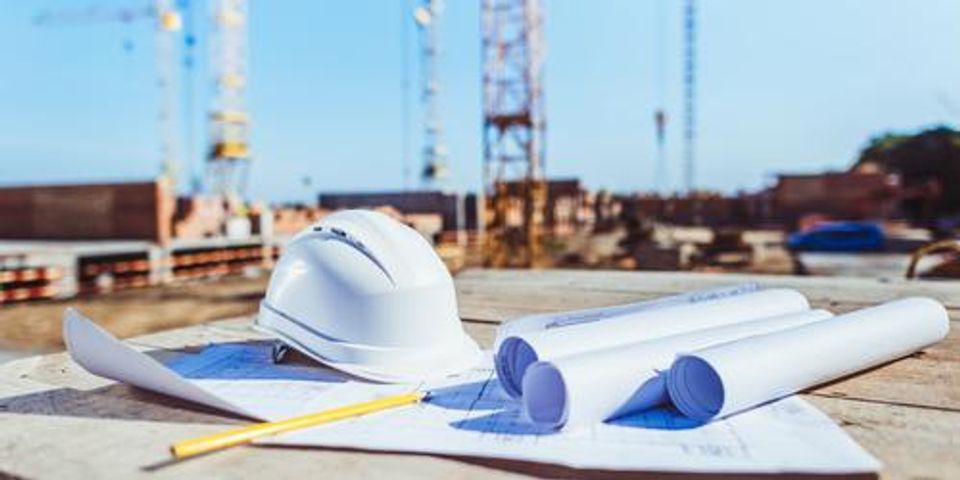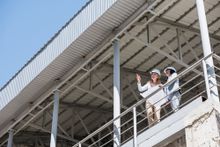4 Common Questions to Ask During Structural Scanning Jobs

Before beginning any construction, utility, or engineering project, project managers should be aware of any potential obstructions. Avoid encountering — and potentially damaging — objects during digging, coring, drilling, and cutting by working with a company that handles structural scan jobs. These underground imaging solutions, which include concrete scanning and utility locating, are used to locate, map, and identify buried impediments that might be hidden from the naked eye.
To complete your project safely on time and on budget, use these questions as a guide for finding the right structural scan company for the job.
4 Questions to Ask About Structural Scanning
What Will a Structural Scan Detect?
Using methods such as ground-penetrating radar, a structural scan will analyze concrete slabs and detect the presence of rebar, electrical and communications conduits, and post tension cables. Utility locating services identify underground public utility mains, such as cable lines, fiber optics, storm drains, and pipes. A concrete scan will gauge the slab’s thickness, the rebar content, and its spacing and elevation in the slab.
With the ability to see into the depths of each piece of material, this process also reveals potential weaknesses in a structure, such as slightly cracked beams or a location where a tension wire needs to be installed.
How Long Does Structural Scanning Take?
 Depending on your specific project, the time it takes to complete concrete scanning and utility locating varies. A technician will need to assess factors such as site size, the age of the concrete, and moisture content of the ground to provide an accurate time estimate. During your initial call, try to have as much information as possible on your project site.
Depending on your specific project, the time it takes to complete concrete scanning and utility locating varies. A technician will need to assess factors such as site size, the age of the concrete, and moisture content of the ground to provide an accurate time estimate. During your initial call, try to have as much information as possible on your project site.
Will the Test Impact the Site?
Utility locating and concrete scanning does not need to alter the appearance of your site location. Inquire with your prospective company about nondestructive testing methods. These methods use radio waves and electromagnetic (EM) systems to deliver accurate area images without creating any destruction or damage.
Does Weather Play a Role?
Unfortunately, structural scans occasionally need to be rescheduled on account of weather conditions such as rain or snow. Not only can the GPR scanning equipment not get wet, but the data it collects from wet surfaces isn’t accurate. For a true reading, it’s best to wait until dry weather to resume.
For underground imaging solutions in Kaneohe, HI, contact Haggith’s Structural Scan & Inspection. This company uses non-destructive inspection methods and state-of-the-art equipment to provide reliable concrete scanning and utility location services. They provide structural scans to detect the presence of rebar, tension cables, conduits, utilities, burial sites, and any other impediments hidden from view. Contact them today at (808) 239-4330 to speak with a technician about your specific project needs. Visit their website to learn more about methods used for residential and commercial projects, such as ground-penetrating radar and EM systems.
About the Business
Have a question? Ask the experts!
Send your question

